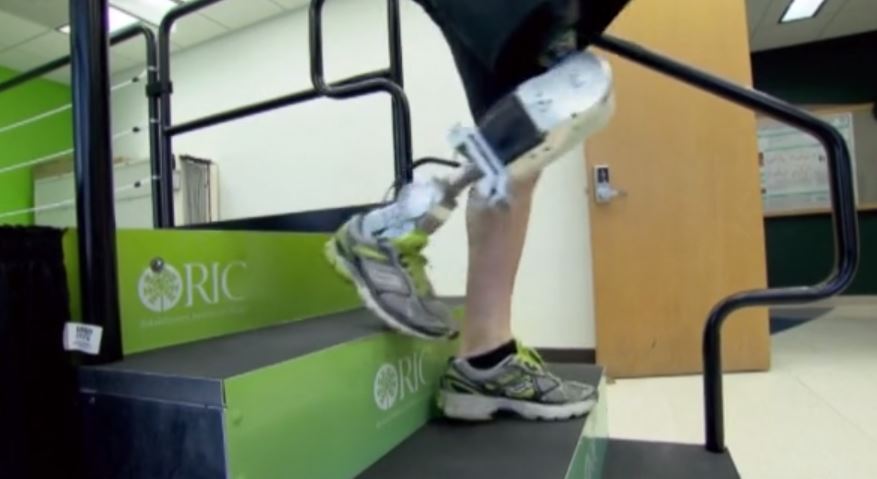| July 26, 2015 marks the 25th anniversary of the historic day when President George H.W. Bush signed the Americans with Disabilities Act (ADA), protecting basic rights for about one-fifth of the American population. Although the ADA recognizes all disabilities, one of the most common is lower extremity amputations.
While bending an ankle or knee is second nature to most, a majority of prosthetic legs cannot currently move that way. A new study examined whether using electrical signals generated when muscles contract, which already help guide motorized prosthetic arms, can also make it easier for people to walk with a motorized prosthetic leg. Researchers from the Rehabilitation Institute of Chicago assessed two different methods of using the motorized leg in a group of seven patients, all with lower limb amputations. One approach incorporated electromyographic (EMG) signals from the upper leg, where the second did not. Each patient tested both methods, but was not aware of which method was being used at a given time. Results found that using EMG signals helped the prosthetic leg function better. Use of this method was associated with fewer missteps while walking. These preliminary findings have the potential to improve the overall function of powered leg prostheses. |

HEALTH & MEDICAL
Powering the Next Generation of Prosthetic Legs with a New Control System
- 0 Comments
















